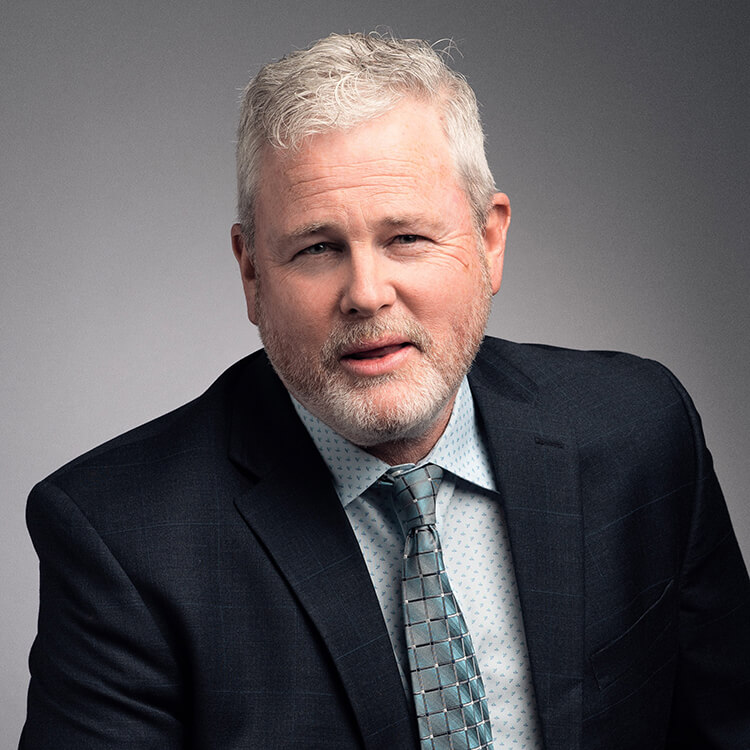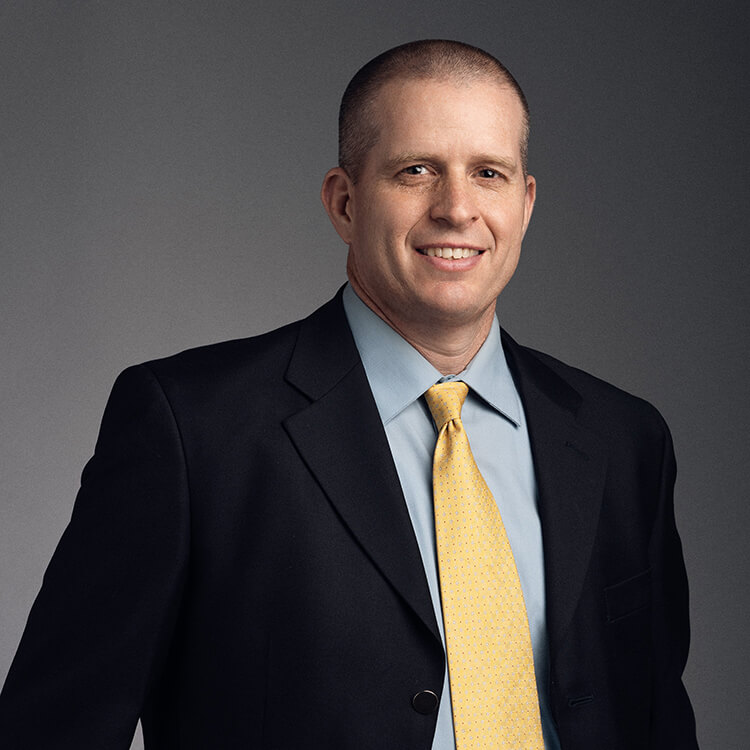Spondylosis Treatment in Northern Indiana
What is Spondylosis?
Spondylosis is a general term for wear and tear in the spine that comes with getting older and can cause neck pain, stiffness in the back and neck, and other problems. This problem is also known as arthritis or osteoarthritis.

Symptoms of Spondylosis
You might not even know you have spondylosis. Most people with this condition don't have any signs.
If you do have signs, the most common ones are:
- Weakness or pain in the neck. This could be the most important sign. If you move your neck, the pain may get worse
- A pain in the neck that won't go away
- Muscle spasms
- A sound that clicks, pops, or grinds when you move your neck
- Dizziness
- Headaches
What Causes Spondylosis?
As a person gets older, the parts that make up their backbone and neck start to wear down. Some of these changes can include:
- Dehydrated discs - Between the vertebrae of the spine, disks act like pillows. Most people's spine disks start to dry out and shrink around age 40. As the disks get smaller, the bones of the spine rub up against each other more
- Herniated discs - On the outside of the spinal disks, there are also cracks. The soft inside of a disk can get through these cracks. Sometimes, it presses on the nerve roots and spinal cord
- Bone spurs - As the disks break down, the body may make too much bone in an attempt to make the spine stronger. The spinal cord and nerve roots can sometimes be pinched by these bone spurs
- Stiff ligaments - Ligaments are tissue cords that connect one bone to another. As you get older, the spinal muscles can get stiffer, making the neck less flexible
Spondylosis Treatment
Not all people with cervical spondylosis have symptoms. If you don't have any signs, you might not even need treatment. But when your condition does cause symptoms, most of the time simple treatments work well. Nonsurgical treatments include:
- Physical therapy - You might feel better if you do certain routines and stretches. Physical therapy helps you improve your balance and stretch and strengthen your muscles. You can do these stretches at home, or you can go to a clinic and work with a physical trainer
- Ice and heat - These can help relieve your symptoms. Heat or ice is usually applied several times a day for no more than 20 minutes at a time
- Medications - Depending on how much pain you are experiencing, over-the-counter anti-inflammatory drugs like ibuprofen, may help ease the pain and inflammation
- Soft collar or brace - Your doctor may suggest you use a therapy collar for a short time. This can limit how much your neck moves and help sore muscles rest and heal. If you wear a brace for too long, your muscles can start to weaken or waste away. Collars should only be used with the guidance of your physician
- Steroid injections - The part of the spine that hurts can be injected with steroids. For a short time, injections can help relieve your symptoms
-
OSMC Back & Spine Specialists
-

Anesthesiologist / Pain Management Physician
Location: Elkhart, Goshen Middlebury
-

-

-

-

-

-

-

Anesthesiologist / Pain Management Physician

